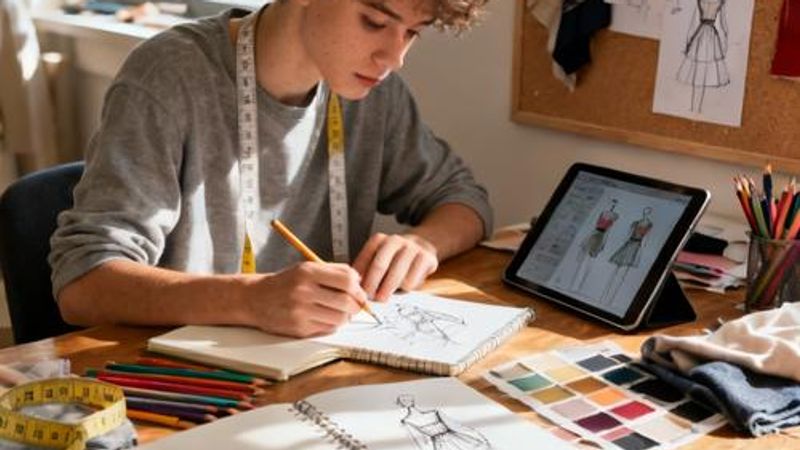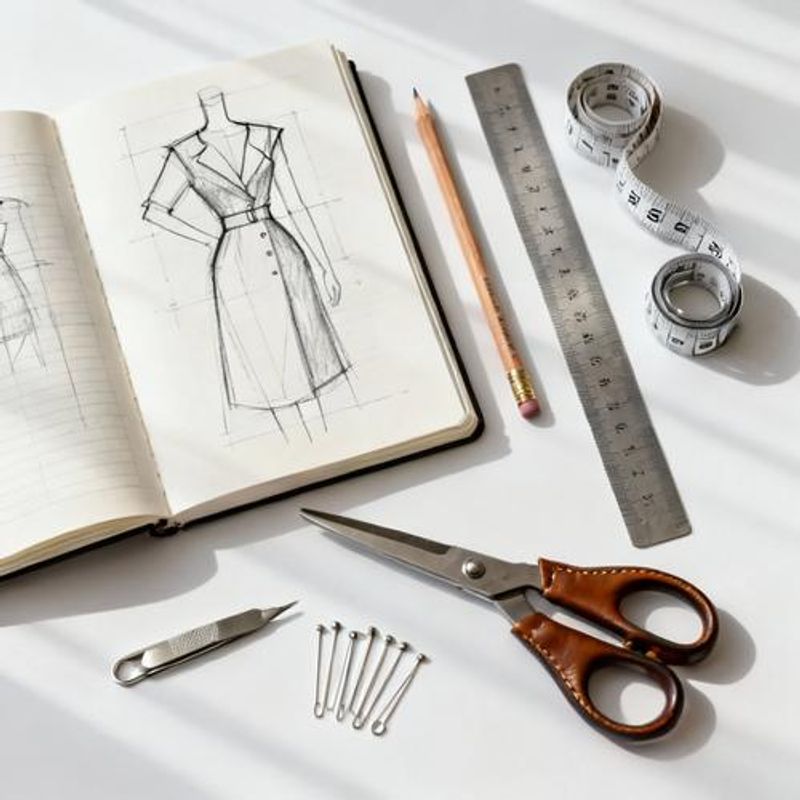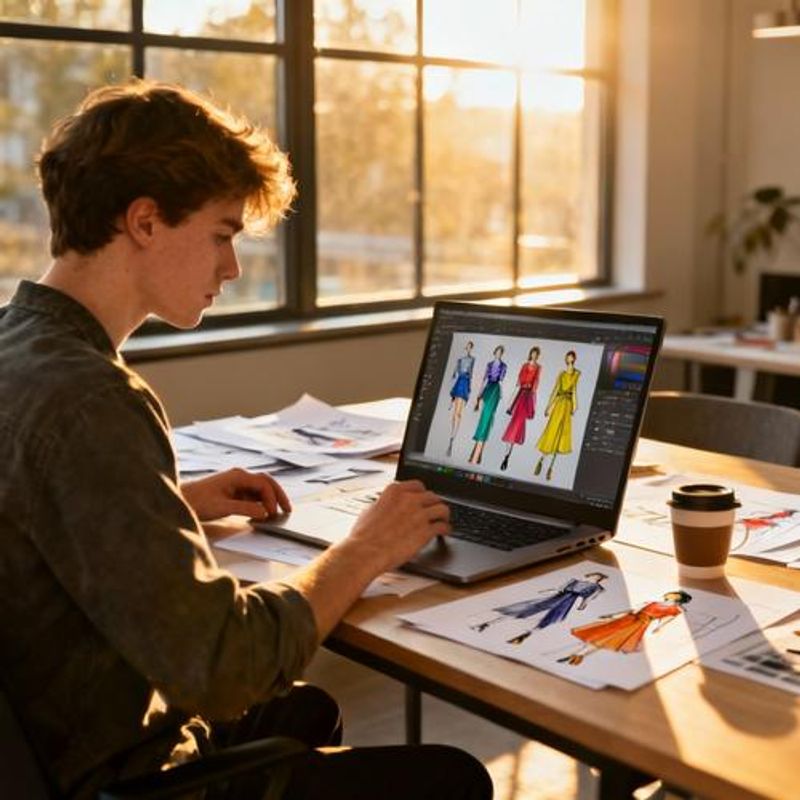Essential Fashion Design Tools for Beginners: Your Complete Starter Guide in 2025

Starting your fashion design journey feels overwhelming when faced with endless tool options and conflicting advice. Whether you're a design student on a tight budget or a complete beginner unsure where to invest your money, this comprehensive guide breaks down the exact fashion design tools you need to launch your creative career without breaking the bank or cluttering your workspace.

Why the Right Tools Matter for Fashion Design Success
Many design students struggle because they either buy too many unnecessary tools or skimp on essential ones. The fashion industry moves fast, and your tools directly impact your ability to translate ideas into tangible designs quickly and professionally. Poor-quality tools can frustrate your creative process, while the right ones accelerate your learning and boost confidence. This guide targets design students, career changers, and hobbyists who want to build a practical, budget-conscious toolkit that grows with their skills.
Quick Summary: Your Essential Fashion Design Tools Checklist
Here's what every beginner needs to start designing professionally. Save time and money by focusing on these proven essentials first:
- Drawing Tools: Quality sketchbooks, fashion croquis templates, and pencil sets
- Measuring Equipment: Flexible tape measure, clear rulers, and French curve
- Digital Software: Adobe Illustrator or free alternatives like GIMP and Canva
- Construction Basics: Fabric scissors, seam ripper, pins, and cutting mat
- Organization System: Portfolio case and digital file management

Drawing and Sketching Tools: Your Creative Foundation
Fashion design starts with visual communication. Your sketching tools are the bridge between imagination and reality. Invest in a high-quality sketchbook with smooth, medium-weight paper that handles both pencil and marker without bleeding. Fashion croquis templates save hours by providing proportioned figure outlines—buy printed versions or download free templates online. A complete pencil set from 2H to 6B allows you to create everything from light construction lines to dramatic shadows. Add colored pencils or markers for fabric rendering, starting with a basic set of 12-24 colors focusing on neutrals and primary tones.
Measuring and Pattern-Making Essentials
Precision separates amateur designs from professional ones. A flexible measuring tape is your most crucial tool—choose one with both metric and imperial measurements. Clear plastic rulers help you see through to underlying sketches, while a French curve creates smooth, professional armholes and necklines. Pattern paper or kraft paper provides the foundation for your designs. A cutting mat protects your work surface and extends blade life. These tools ensure your designs translate accurately from sketch to garment.
Digital Design Software: Modern Fashion Design Tools
Digital tools revolutionize how designers work, offering speed and professional presentation. Adobe Illustrator remains the industry standard for technical flats and clean vector illustrations. However, beginners can start with free alternatives: GIMP provides powerful raster editing, while Canva offers fashion-specific templates. CLO 3D and Marvelous Designer excel at 3D visualization but require significant learning investment. Start with basic software and upgrade as your skills develop. Focus on mastering one program thoroughly rather than jumping between multiple tools.
Budget-Friendly Starter Kit: Your First $100 Investment
Building your first toolkit doesn't require a massive investment. Here's a proven $100 starter combination that covers all essentials: A quality sketchbook ($15), basic pencil set with erasers ($20), measuring tape and rulers ($15), fabric scissors ($25), and free software downloads ($0). The remaining $25 covers pins, seam ripper, and basic supplies. This foundation supports months of learning and skill development. Upgrade individual tools as you identify your specific needs and preferences through hands-on experience.

Common Mistakes When Choosing Fashion Design Tools
Many beginners make costly mistakes that slow their progress. Avoid buying complete 'starter sets' that include low-quality tools you'll quickly outgrow. Don't purchase expensive software before mastering fundamentals—free alternatives teach the same concepts. Resist the temptation to buy tools for techniques you haven't learned yet. Poor-quality scissors damage fabric and frustrate learning, while cheap measuring tapes lose accuracy over time. Similarly, avoid extremely expensive tools until you understand your specific needs. Focus on quality basics rather than quantity, and upgrade strategically as your skills develop.
Start Your Fashion Design Journey Today
Success in fashion design comes from consistent practice with the right tools, not expensive equipment. Start with the essential items outlined in this guide, practice daily, and upgrade strategically as your skills grow. Remember that professional designers create stunning work with surprisingly simple tools—your creativity and dedication matter more than your budget. Download our free fashion design tools checklist and join thousands of aspiring designers who've launched their careers with smart, budget-conscious choices. What will you design first?